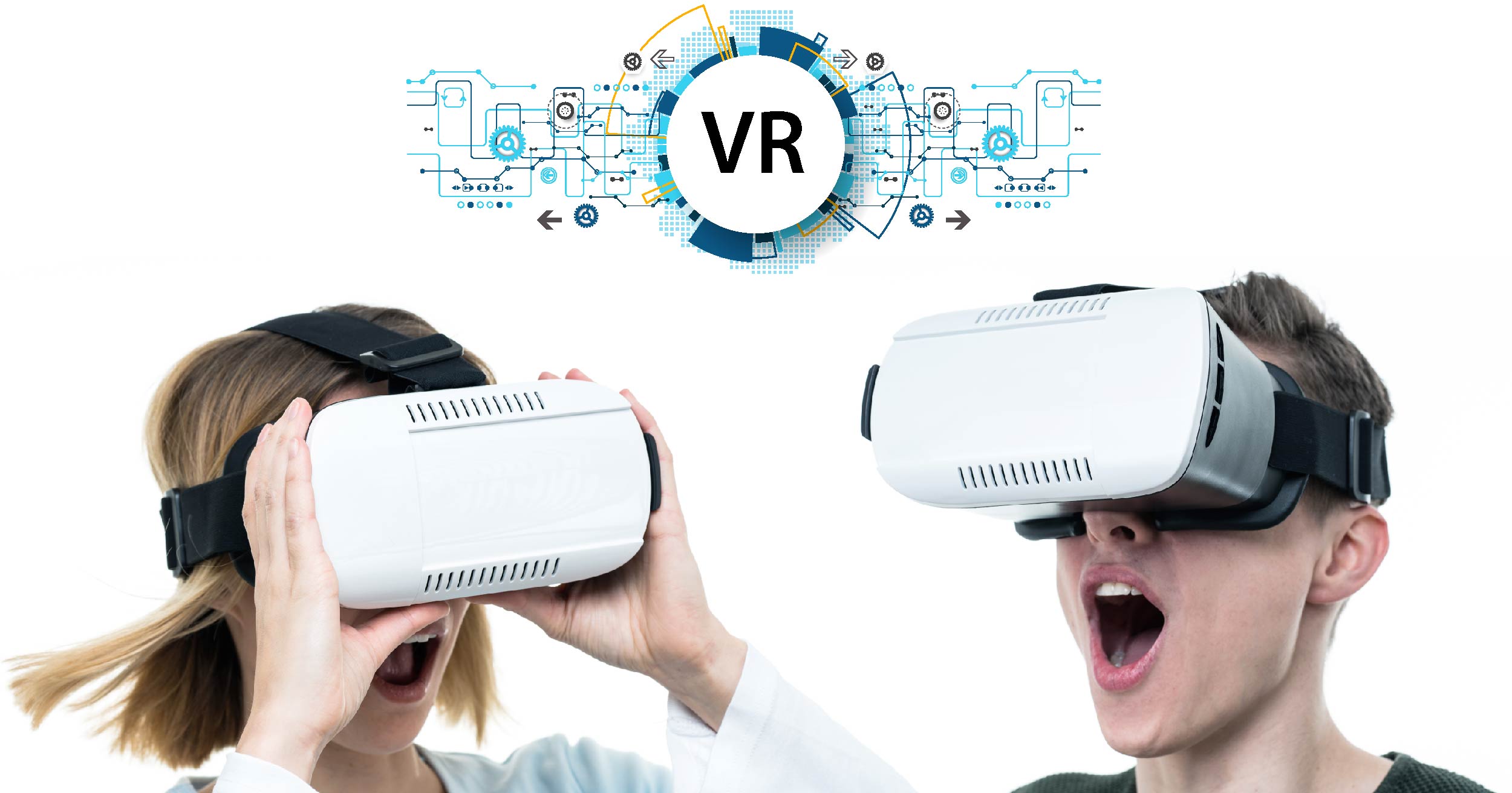Crowdfunding and the Rise of Virtual Reality

Virtual reality (VR), long time only admired by sci-fi literature fans, began to generate first excitement in the 1980s with the first game consoles and various media forms. However, it never caught on to become mainstream in the 90s due to a lack of significant R&D funding and was limited to expensive niche markets such as flight simulation and military applications. Nowadays, VR is back and this time it seems to stay. While advancements in graphical processing hardware and high-definition display technology progressed tremendously in the last two decades, major tech companies were convinced that the market for VR simply couldn’t support their investments. There simply wasn’t a viable way to measure demand for products that hadn’t been developed yet.
Crowdfunding has fundamentally changed the modern business model and is able to link developers and consumers. With the launch of Kickstarter 2009, inventors were suddenly given an instrument for gauging public interest in technologies. In 2011, Palmer Luckey, at the age of 18, built a rough prototype in his parent's garage in Long Beach, California. The next year, his Kickstarter campaign raised $2.4 million from nearly 10,000 contributors and the company took off to produce the Oculus Rift dev kit versions, DK1 and DK2, priced at only $350. In 2014 Facebook purchased Oculus in a $2 billion acquisition and the consumer version of the Oculus Rift is currently shipped starting at $600.
In collaboration with Oculus, the Samsung Gear VR was released in 2015 as an even more affordable VR experience. In this case, a Samsung smartphone acts as the headset's display and processor, while the Gear VR unit itself acts as the controller. This means you won't need a bulky computer with a top-notch graphic card as it is the case for the Oculus Rift. On the other hand the Rift provides a more immersive VR experience than the Gear. Since then many more VR headsets emerged on crowdfunding platforms and the renaissance of the VR industry began.
Kickstarter became a springboard for the Avegant’s Glyph, a personal VR theater system that met its $250,000 goal in just four hours and went on to receive $1.5 million from the campaign. Another successful Kickstarter campaign is the FOVE, an interactive VR headset that reacts to your eyes motion. Virtual reality applications from Unity, Unreal Engine, and Cryengine and many more have followed since.